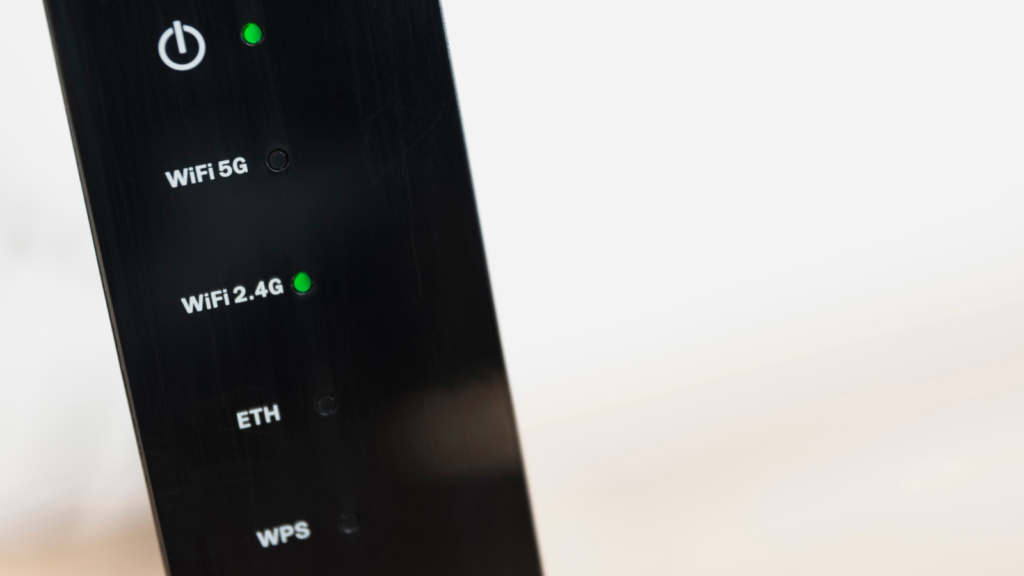Cable executives at the SCTE Cable-Tec Expo provided a glimpse into how the industry plans to compete with multi-gigabit speeds even as it works to counter fiber’s high speeds with speed increases of its own.

Impact: At the conference, executives from Comcast, Charter, and Cox emphasized how much customer expectations for their broadband service have changed since the pandemic, which prompted a 32% surge in network traffic unlike any the industry had ever seen as millions of customers shifted to remote work and distance learning “virtually overnight.” Even now that students are back in school and offices have started to open up, the heightened expectations customers have for their broadband service remain, according to Comcast Cable technology head Charlie Herrin. It’s because of that attitude – and the significant lead fiber operators have on cable with symmetrical multi-gigabit speeds – that cable wants to highlight the importance of factors other than speed when it comes to broadband connectivity.
According to Herrin, high speeds need to be paired with low latency and strong network performance to meet customers’ new expectations, something we’re likely to hear more about as cable operators try to combat the symmetrical multi-gigabit speeds fiber operators are offering. This isn’t to say speed isn’t important, as cable providers work to enhance their DOCSIS 3.1 technology to boost network speeds ahead of the move to DOCSIS 4.0, which could enable Comcast to start offering symmetrical multi-gigabit service as soon as the second half of next year. Charter executive Justin Colwell agreed with those sentiments, noting that customers may not care about peak speeds as much as they will about how well their network performs for gaming, shopping, streaming, working, and the increase in connected home features. Cox CTO Len Barlik noted that overall network performance will be critical as new apps that use more bandwidth start to put pressure on consumer networks.
It’s not clear yet how successful this tactic will be for the cable industry, at least in the near term when the industry as a whole is unable to match fiber’s faster symmetrical multi-gigabit speed offerings with HFC technology. Deterring customers from being swayed by the promise of fiber’s speeds – the hyper-gigness of it all, to borrow from AT&T’s description of its 2 Gbps and 5 Gbps Internet tiers – when marketing from fiber providers has successfully pushed the concept that faster speeds equates to better Internet seems like a heavy lift. For now, fiber’s marketing appears to be winning. But if cable providers can structure their marketing around speed plus these other factors related to connectivity where they believe they have an advantage over fiber, they may be able to counter or at least stem the slowdown in cable broadband subscriber growth.
